10 Days in Japan: An Immersive Japan Itinerary for First Time Visitors.
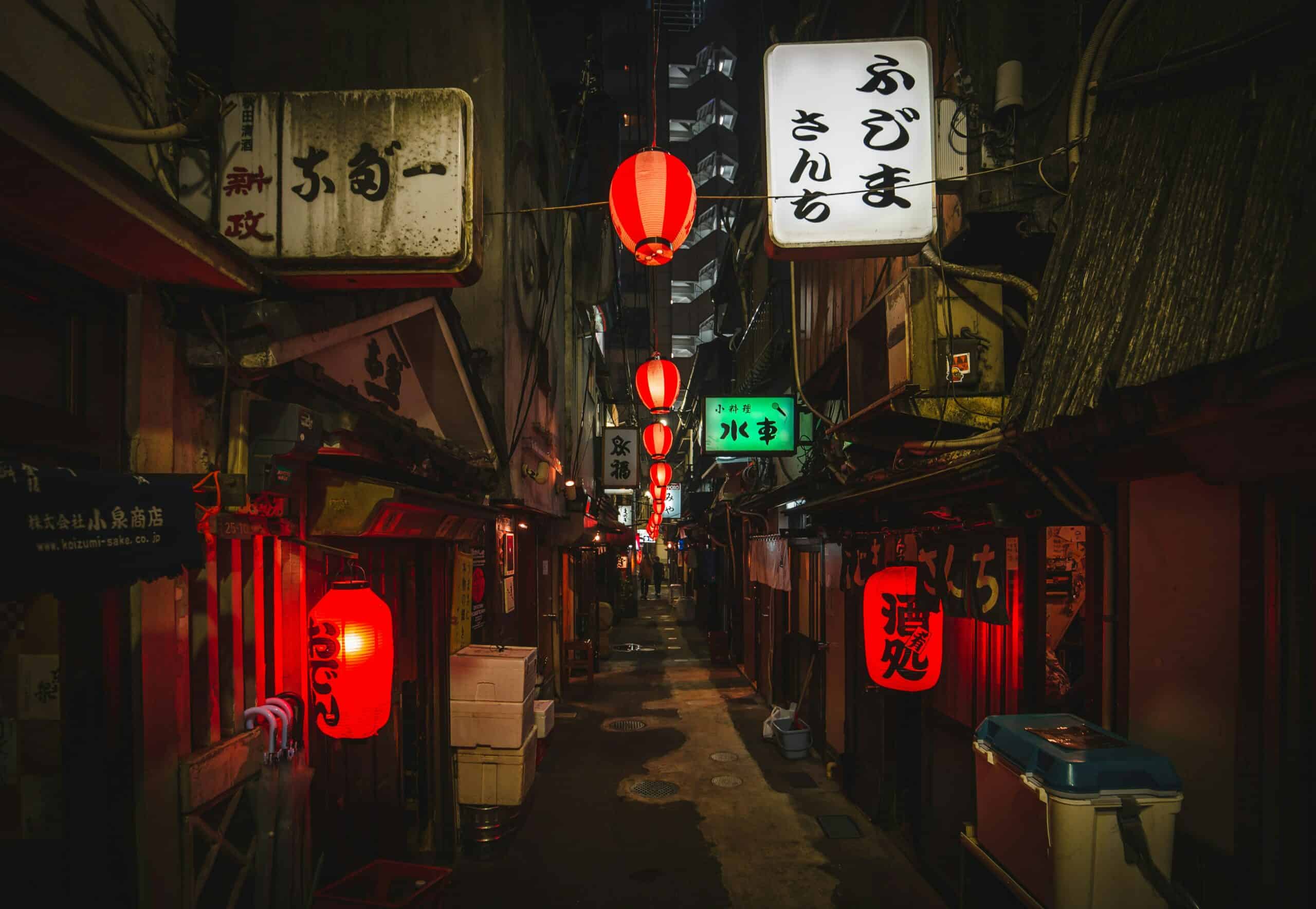
On a spring evening in Japan, we had just returned from a stunning day of hiking amid volcanic landscapes on Kyushu Island. After a soul-satisfying meal of koya dofu, seasonal veggies and udon noodles, I was ready to call it a day.
But when my partner and I arrived at our family-run guesthouse, our Japanese hostess had been waiting for us – to invite us to join her and a few other guests to celebrate a local festival at the Shinto shrine nearby! So we piled into her car, no idea where we were headed.
In the orderliness of Japan, where people queue neatly even to board a packed bus, I was surprised by the chaotic energy of the festival. Shinto priests swayed haystacks lit on fire, cheered on by onlookers. Then the ‘goddess’ arrived in a palanquin, to be married inside the shrine. The hay swinging was passed on to the ordinary folk, and I too took my turn to light it on fire and swing it around my body, as adrenalin surged through me!
When I look back at my time in Japan, I think of the contrasts of Tokyo, the bullet train journeys, the bento boxes prepared fresh for train travellers, the soulful shrines and temples, and our luck with an early bloom of cherry blossoms. But most of all, I think of all the kindhearted souls and unexpected friendships over a month of travelling in Japan.
So I’ve put together this 10-day Japan itinerary for nature lovers, culture-seekers and conscious travellers, who want to go a little bit beyond the beaten path to really immerse in a country unlike any other I’ve experienced.
Also read: Things to Know Before Travelling to Japan for the First Time
Getting a Tourist Visa for Japan
Most European and Latin American, as well as some Asian countries don’t require a tourist visa for Japan. If you hold an American or Canadian passport, a visa is not required. See the full list of countries exempt from needing a tourist visa to enter Japan for 90 days.
For Indian passport holders, the story is a bit different. Until 2016, Indian travellers needed an invitation letter from a sponsor in Japan. Things are slightly easier in 2025. Although the Japanese Embassy calls it an e-visa, it’s not an online process. Passports and documentation still needs to be submitted at the Japanese embassy, but the visa is delivered online instead of being stamped on the passport. Weird, I know.
Also read: Japan Tourist Visa for Indians: Requirements and How To Apply (2025)
How to Reach Japan
Depending on where you’re flying from, Japan Airways and ANA offer direct flights to Tokyo from many parts of the world. I recommend flying direct because it’s less tiring, less time consuming, and results in fewer carbon emissions, since the majority of emissions are released during take off and landing.
From India
- ANA has direct flights from Mumbai to Tokyo on Sundays, Tuesdays and Fridays. It operates as a codeshare with Air India, but the flights are generally run by ANA.
- ANA, Japan Airlines and Air India offer direct flights from Delhi to Tokyo through the week.
From the rest of Asia
- Most major cities in Asia, including Bangkok and Singapore, have options for non-stop flights to Japan. I flew from Bangkok, and enjoyed my day flight on Thai Airways.
From the US
- Singapore Airlines, United Airlines, ANA and Japan Airlines all offer direct flights from the US to Tokyo’s Narita Airport.
From Europe
- There are direct flights connecting major cities in Europe, including Frankfurt, Paris, London and Helsinki, to Tokyo, by Japan Airlines and ANA.
Also read: Little Acts of Kindness in Japan
How to Stay Connected in Japan
I prefer to use an eSIM over a physical sim when I travel internationally, so I can continue to receive card transaction alerts on my primary number, and don’t have to bother with the hassle of changing sim cards.
The best Japan eSIM I’ve come across is the Journey Japan eSIM, which comes with a 30 day validity and costs 19$ for 10 GB. Bigger plans offer 29$ for 20 GB and 49$ for 50 GB. It’s ideal to buy it before you head to Japan, and install it on your phone via the instructions received on email. Once you land, you can make it your preferred cellular data network and start using it right away!
Japan Itinerary in Brief
If you’re wondering what to do over 10 days in Japan, this Japan itinerary lets you savor some highlights, while also going off the beaten path so you can really immerse yourself in the Japanese culture and love for nature. This itinerary is filled with meaningful travel experiences, local traditions, eco-friendly and heritage accommodations, and time in wild and beautiful, yet often overlooked natural landscapes.
Over 10 days, this itinerary packs in memorable activities and experiences, while also allowing you to slow down, and consciously relish your time in this unique part of the world. At the same time, it ensures that the money you spend in Japan benefits local communities and sustainable travel initiatives, so that future generations can also enjoy travelling there!
Here’s a quick overview of the 10-day itinerary:
- Days 1 and 2: Tokyo
- Days 3 and 4: Nara
- Days 5, 6 and 7: Kyushu
- Day 8: Hiroshima
- Days 9 and 10: Hakone
- Day 11: Fly out of Tokyo
Also read: Why Travelling in Japan is Like Nowhere Else in the World
10 Day Japan Travel Itinerary
Days 1 and 2: Tokyo
At first, Tokyo can seem just like the photos. Fancy skyscrapers, scores of businessmen darting about in dark suits (especially at the busy Shibuya Crossing), flashy city lights, busy metro stations. But the contrasts soon come into view. Old Buddhist temples, obscure tea rooms, eclectic cafes, soothing green spaces. Even as someone who seeks a slower life on the countryside, I loved getting a feel of Tokyo, and recommend atleast two nights in the city.
Where to stay in Tokyo
Tokyo Station Hotel
The Tokyo Station Hotel is a quintessential Japanese icon, located in the 17th century Marunouchi – once the residence of Japan’s most powerful warriors, and now designated Japan’s living cultural heritage. Its restored red brick architecture, views over the Imperial Palace, and luxurious maisonette (duplex) rooms, make it an experience in itself. Its central location means you’d be walking distance from the Tokyo Station metro, shinkansen station, the popular neighborhood of Ginza, and the tree-lined Nakadori Avenue.
Hotel Chizanso
Once a garden devastated by the air raids of World War II, Hotel Chinzanso is a heritage hotel within a stunning Japanese garden, home to 10,000+ trees in the heart of Tokyo! That means you can experience cherry blossoms in spring, fireflies in the summer and fall colors right in your backyard. It’s located an easy 10-minute walk from Edogawabashi Station, offering easy access to the rest of the city.
Other Space Asakusa
Asakusa, with its old town vibe, the ancient Sensoji Temple, walking streets filled with izakayas and hip cafes, and proximity to the Sumida River, was my favorite neighborhood in Tokyo. In the otherwise expensive city, Other Space Asakusa is a relatively affordable, no frills boutique hotel in the heart of Asakusa.
Where to eat in Tokyo
Vegan bento box
Whether or not you’re taking a shinkansen bullet train from Tokyo Station, please stop by The Bento Shop near platform 8, for their incredible vegetable (vegan) bento box. A must in Japan for first timers, but also repeat visitors. Thank me later!
Saido
A small resto in Jiyugaoka, with a focus on Japanese food like bento boxes, soba noodles and katsu curry. The food is more like art, as I often found to be the case across Japan. Book beforehand, listen to the staff’s explanation of where the ingredients are sourced from, and prepare your tastebuds for a treat!
Vegan Cafe PQ’s
An all-vegan cafe on Kappabashi street, with a seasonal and varied lunch menu. Depending on the season, you could try the hydrangea set, fig curry, black sesame latte, butterfly pea curry and lots of interesting flavors. They use fair trade chocolate, veggies from no till farming and organic grains, and offer a plethora of vegan desserts.
Even as someone who seeks vegan and preferably healthy, organic and gluten-free local food, I felt spoilt for choice in Tokyo. Get the HappyCow app, and you’ll find plenty of delicious vegan / vegetarian friendly places to eat in the city.
Also read: The Ultimate Vegan (and Vegetarian) Survival Guide for Japan
Offbeat things to do in Tokyo
Experience a traditional tea ceremony
On one of my first days in Tokyo, I learnt that Japanese tea masters practice for several years before they can conduct a traditional tea ceremony. The tradition started as a peace and strategic offering among Japanese samurais, and often takes place in obscure, understated buildings – that open up into tranquil tea rooms. I absolutely love the accidentally vegan and incredibly colorful mochi cakes often served with matcha tea in tea ceremonies.
I was surprised to see a lot of tea ceremonies on offer across Tokyo now. This one is with a tea master with 20+ years of experience, and takes place close to Nishi-Nippori station, from where you can also walk down to the ancient Yanaka Cemetery and Nezu Shrine.
Soak in the calming beauty of a Japanese garden
I love all sorts of green spaces – forests, urban parks, plantations. But Japanese gardens take green spaces to a whole other level. Think calming water streams, small shrines and old bridges, spread amid semi-wild landscaped green areas.
Shinjuku Gyoen was the residence of a feudal family during the Edo era, and is now a national garden with 20,000+ native Japanese trees, orchids and cactii. Though best known for sakura (cherry blossom) in the spring, it is beautiful and serene all year around, especially in autumn. It’s a quick walk from Shinjuku station.
For something a bit wilder, consider following the green trail in Todoroki Valley, a short walk away from Todoroki Station. In the middle of residential Tokyo, this tree-filled valley has its own little river, old shrines, and ends with a stunning view of Todoroki Fudo Temple.
Immerse in the old-Tokyo vibe of Asakusa
I’m so glad I spent my last few days in Japan in Asakusa. Once the red light district of Tokyo, it was bombed during World War II and restored to retain its old Tokyo vibe. Its bustling narrow lanes are home to a 7th century Buddhist temple, and old izakayas and cozy cafes. I’ll never forget walking its alleys late at night, all the way to the Sumida river – such a Tokyo feeling!
Try Zen meditation with a Buddhist monk
At a little-known, 400-year-old private temple in Asakusa, try building a deeper connection with yourself and Japan by meditating under the guidance of a Zen Buddhist monk. It’s a rare chance to learn about the Zazen practice, talk about existential dilemmas with a learned monk, and arrive body and soul in Japan.
Also read: Secrets Behind Some of Japan’s Most Intriguing Traditions
Days 3 and 4: Nara
I know the obvious next stop on a trip to Japan sounds like Kyoto – but sadly the city has been crumbling under the pressure of overtourism for several years. I only spent a couple of days there, and felt disappointed by the massive rush of tourists and the loss of tranquility even at traditional Shinto shrines and Buddhist temples. For a less-rushed and more authentic experience, I recommend going to the smaller historical city of Nara instead – home to UNESCO World Heritage Sites, grand old temples and shrines, and stunning hiking in spring and autumn.
How to get to Nara
To reach Nara from Tokyo, take the shinkansen from Tokyo to Kyoto (2.5 hours), and then a local train from Kyoto to Nara (45 minutes).
Where to stay in Nara
The temple – Houjuji
Imagine renting not just a classic Japanese house, but a private old temple with it! The Temple – Houjuji is the former quarters of a Buddhist priest, turned into an uber comfortable studio equipped with a kitchen. Ask for permission to meditate in the ornate hall, borrow a bicycle to explore Nara, and experience the tranquility of living on the premises of a well-preserved Buddhist temple.
Haruya Naramachi
If you’re on a low budget, consider staying at the 100-year-old wooden Japanese townhouse turned hostel that is Haruya Naramachi. Think traditional Machiya architecture, old glass doors, thin paper walls, tatami rooms, steep staircases and a shared Shinto-style kitchen. A typical Machiya feature is an inner garden – bringing the outside world inside. Don’ miss their library with a collection of classics and photo albums collected from old bookstores around Kyoto and Nara!
Nara hotel
In the heart of Nara, Nara Hotel was built primarily using hinoki cypress wood during Japan’s Meiji Era, by a popular Japanese architect in the ancient Momoyama Goten style. With its classic interiors and gardens frequented by Nara’s semi-wild deer, this luxurious heritage hotel is a living slice of Japanese history.
Tsukihitei
The only accommodation within the UNESCO World Heritage Site of the Kasugayama sacred forest, Tsukihitei is a small luxury ryokan (traditional Japanese inn) built in 1903, with only three rooms. Slow down in the gorgeous forest setting, feast on the fine Kaiseki cuisine made with seasonal ingredients, look for wild neighbors like wild squirrels and deer – and yet be at close distance to experience other highlights of Nara. Worth the splurge!
Tsubakiso
Stay in a traditional, family-owned ryokan on a budget at Tsubakiso, right in the middle of Nara. Enjoy a homecooked breakfast, learn about the history of this gorgeous 85-year-old Japanese townhouse, and seek local recommendations from the host family.
Where to eat in Nara
A small Shojin ryori (Buddhist vegetarian) restaurant that focuses on healthy local food. The menu is seasonal, the vibe is of rural Japan, an old oven is used to make traditional genmai (unpolished brown rice) dumplings, rice is cooked on a wood-fired stove, and seasonal dishes are served with love and warmth. Book in advance, and club it with a visit to Horyuji temple – Japan’s first UNESCO World Heritage Site.
Naramachi Vegan Nabi
A welcoming, hole-in-the-wall, family-run spot serving multi-course Japanese meals, as well as bento boxes, fermented foods and local puddings. Don’t miss their zesty yuzu pepper sauce!
Ramuna
A small, female-owned, plant-based spot near Nara Park, serving traditional Japanse food like ramen, fermented rice plates, flavorful bento box, dan dan noodles, as well as some western food like burgers and pizza.
Offbeat things to do in Nara
Join a Shinto prayer ceremony
At the 8th century Kasuga Taisha Shrine, soulful omairi (morning prayers) are offered everyday at 9 am by Shinto priests, and visitors are welcome to join. Depending on the time of year you visit, you could witness wisteria flowers in full bloom, the lantern festival of Mandoro or a celebration of traditional Japanese performing arts.
E-bike through the highlights and hidden gems of Nara
Join a local guide to pedal through the highlights of Nara, including the World Heritage Site of Todaiji Temple and the scenic Mt. Wakakusa, as well little-known gems on the outskirts of the city. During spring and autumn, the trails are full of cherry blossoms and fall colors!
Hike through an ancient primary forest
Only 26-31% of the world’s forests are primary forests – old-growth forests with little to no human disturbance, and a patch of them is right there in Nara! Embark on an 11.5 kilometer trail through Mount Kasuga Primeval Forest, full of tall and ancient cedar and maple trees (bright red in autumn!), and spectacular views over Nara Park. Hunting and logging were banned in this forest in 841 AD, and it was later declared a World Heritage Site.
Taste sake at a traditional brewery
Sake is not just an alcoholic brew in Japan; it is offered at Shinto shrines during ceremonies! Stop by at the traditional Nishiuchi Sake Brewery to try sake and sake-pickled fruits and vegetables. Club it with a visit to the nearby Tanzan Jinja shrine – especially stunning in autumn.
Alternatively, pre-book a sake factory tour at the award-winning, family-run, 150-year-old Nishiuchi Shuzo brewery!
Try Akahada-yaki pottery, originally from Nara
Among the oldest pottery styles in Japan, Akahada-yaki (or Akahada ware) originated in Nara in the 16th century, with pottery burnt in the kilns of the city and painted with cute (and very Japanese) designs. Fascinatingly, this pottery style is limited to teaware, originally made for temples and shrines around Nara. Try your hand at it at the family-run Furuse Gyozo Akahadayama Pottery with an 8th generation potter!
Also read: A Guide to Exploring the High Tatras of Slovakia
Days 5, 6 and 7: Kyushu
By day 5 of your trip, you’re a bit more familiar with Japan’s quirky ways, and ready to ditch the tourist trail for somewhere more offbeat: Kurokawa Onsen! Located on Japan’s Kyushu Island, Kurokawa Onsen is one of Japan’s most picturesque and well-preserved onsen towns, close to stunning volcanic peaks and ancient Shinto shrines. We spent a week in Aso nearby and did a day trip to Kurokawa, but I wish we had done it the other way round.
For the uninitiated, onsens are traditional Japanese natural hot spring baths scattered across the country – both outdoors and indoors. The custom is to shed all clothes and take a thorough shower before entering an onsen. They are typically, though not always, gender-segregated. Onsen towns are similar to spa towns, with several onsens clustered in the same area.
How to get to Kurokawa
To reach Kurokawa from Nara, take the local train back to Kyoto, a bullet train from Kyoto to Hakata (2.5 hours) then a Kyushu railway train to Kurokawa (1.5 hours). It involves 3 changes, I know, but it’ll be worth it.
Where to stay in Kurokawa
Okyakuya
Built over 300 years ago, Okyakuya is a well-preserved traditional ryokan in the heart of the heritage Kurokawa Onsen town, with its own indoor and outdoor onsens in stunning natural settings. Much like the town of Kurokawa, the ryokan too has a vibe of deep relaxation, and offers farm-to-table regional meals, presented like art.
Kurokawa So
What sets Kurokawa So apart from other ryokans in town is its cliff-side outdoor hot spring, which acquires a unique character every season. It’s location offers easy access to other onsens across town, along with beautiful home-cooked regional food. Japan is probably the only place in the world where food can be described as beautiful and artistic!
Ryokan Ichinoi
Ryokan Ichinoi is a true-blue Japanese inn that has its own hot springs, as well as easy access to those across Kurokawa. The friendly owners offer free pickup from the Kurokawa Onsen bus stop, lovingly prepared Japanese Kaiseki (multi-course meals), and an atmosphere of slowness and tranquility.
Guest House Asora
If you’re on a tight budget, consider staying in the nearby city of Aso at Guest House Asora – where we were hosted by a sweet and fun Japanese hostess, who also invited us to join her for a local festival at a Shinto Shrine! Visit Kurokawa or the Uchinomaki Onsen areas as day trips.
Where to eat in Kurokawa
Kurokawa Onsen is known for sansai ryori (mountain cuisine), featuring wild and foraged vegetables like bamboo shoot and fern. Yuba (tofu skin), rice bran, kuzu (root starch) and pickled veggies are also a specialty in the region.
Tofu Kissho
An entire restaurant dedicated to tofu – YES! In the low thatched-roof structure of Tofu Kissho, leave your pre-conceived notions behind and indulge in a set meal that is bound to make you fall in love with tofu. Expect all sorts of creative soups, salads, skewers and pickled vegetables, with tofu as the hero ingredient. A sensory experience!
Shiratamakko
Try Japan’s famous accidentally-vegan mochi cakes, flavored with matcha, sakura and other local delights. These are made traditionally with glutinous rice flour sourced from the Aso region – and absolutely entertaining to watch in the making as elderly men beat the flour with big sticks and loud sighs.
Ryokan Sanga
Nestled in a forest but in the heart of Kurokawa Onsen, Ryokan Sanga offers vegan traditional kaiseki dinners on prior booking.
What to do in Kurokawa
Experience the stunning public baths of Kurokawa Onsen
It took me a while to shed my inhibitions and clothes at onsens across Japan, and it turned out to be one of the most liberating and relaxing experiences of my life!
When you arrive in Kurokawa Onsen, buy a Tegata pass, which offers access to onsens in 3 ryokans of your choosing in town. As day trippers, we squeezed all 3 into one day, but if you stay for 3 days, spread out the experience. You could explore a bit of the town or do a day trip, and soak in the baths in the evening. You might also have access to an onsen in your own ryokan for a late night dip.
I loved the following onsens:
- The spectacular riverside Yamamizuki onsen, hidden away in a forest.
- The cliff-facing Kurokawa So onsen.
- The Waraku onsen within a rock cave!
Soak in the slow life of one of Japan’s most picturesque towns
The town of Kurokawa Onsen, surrounded by an old mountain forest, feels right out of a dream. A river gently flows through it, next to stone stairs, mud walls, old wooden ryokans and onsens, bridges out of a Miyazaki movie, and cute little cafes and stores. On the day we visited, it was raining and the mist had descended over town, making the landscapes even dreamier.
Take a day trip to Mount Aso
One of my fondest memories from Japan is a day trip to Mount Aso, a stunning active volcano surrounded by rural villages, grazing horses and lush rice paddies. We spent a day hiking in the strange volcanic landscapes of Aso-Kuju National Park, all the way to edge of the Nakadake Crater. Ask your hosts about the timings of the shuttle bus to get there and back.
Also read: 50 Epic Yet Unusual Things to do in Cape Town
Day 8: Hiroshima
I’m not a history buff, but visiting Hiroshima was one of my most profound experiences in Japan. The city is a living testament to the 1945 atomic bombings of Hiroshima and Nagasaki – and well, a reminder of the futility of all wars, past and present. I’ll never forget the feeling of seeing the ruins of the Genbaku Dome for the first time, the only standing remnant of the bombings.
How to get to Hiroshima
From Kurokawa Station, take the regional train to Okayama via Kotohira, then a shinkansen to Hiroshima (2.5 hours).
Where to stay in Hiroshima
Daiwa Roynet Hotel Hiroshima
We stayed at the simple, clean, budget-friendly Daiwa Roynet Hotel, located an easy 10 minute walk from the Hiroshima Peace Memorial Park.
Capsule Hotel Cube Hiroshima
If you’re up for a capsule experience or prefer to sleep on a lower budget, consider staying at Capsule Hotel Cube in the centre of Hiroshima.
Where to eat in Hiroshima
Chinchikurin Yagenhorimoto Shop
The popular Japanese dish okonomiyaki – a wheat flour pancake with toppings, cooked on a teppan grill – originated from Hiroshima. The use of meat and butter means it’s not usually vegan, but Chinchikurin Yagenhorimoto Shop in Hiroshima offers a vegan version, with toppings like oyster mushrooms and edamame!
A sweet, all-vegan neighborhood cafe run by a Japanese owner – a long stroll or short taxi ride from the city centre. Try their gyoza, tempeh plate and banana smoothies.
Cafe Tanemura
A vegan pop cafe run by vegan chef Yohji Kubosumi, offering Japanese staples like ramen, tantan noodle, katsu curry, coffee and desserts. Take the bus, or a 10-minute taxi, from Hiroshima station or Yano station to Kumano eigyousho (熊野営業所).
What to do in Hiroshima
Learn about the city’s devastating journey at Hiroshima Peace Memorial Park and Museum
If you do only one thing in Hiroshima, spend a slow afternoon at the Hiroshima Peace Memorial Museum, visiting the creative, interactive and informative exhibits that explain the atomic bombings on Hiroshima and Nagasaki, and how they changed the course of history. Then take some time to let it sink in at the Hiroshima Peace Memorial Park next door.
Take a lacquerware workshop
Take a 2-hour workshop with lacquerware master Naoya Takayama in his Hiroshima studio, learning about the history and culture of Japanese lacquerware, and trying your hand at this intricate craft.
Ride an e-bike to heritage sites across Hiroshima
Get a local’s perspective on peace in the city of Hiroshima, while on a guided e-bike ride to heritage sites including the Peace Memorial Park and a train that survived the atomic bomb!
Also read: Lessons on the Art of Living in Sri Lanka
Days 9 & 10: Fuji-Hakone-Izu National Park, then fly out from Tokyo
Spend your last couple of days in Japan in Hakone, in the Fuji-Hakone-Izu National Park, to catch iconic views of Mount Fuji and immerse in the Japanese outdoors one last time. Hakone is only 100 km from Tokyo, so you can take a shinkansen (2 hours) directly from there to the airport to catch your flight out.
It’s best to avoid Hakone over the weekend though, as it often gets busy with weekend visitors from Tokyo.
How to get to Hakone
Take the bullet train from Hiroshima to Odawara Station in Hakone, via Nagoya or Shin Yokohama (4 hours).
Where to stay in Hakone
Fukuzumiro
Fukuzumiro is one of Hakone’s most unique accommodations, built in the 19th century entirely with wood! It is quietly located next to a river (yet only a 15-minute walk from the train station), and creates that ‘magical realism’ atmosphere that only Japan can do. Stay here not just to experience Hakone’s stunning beauty, but also the living history of its heritage rooms.
Fuji-Hakone Guest House
A small budget guesthouse run by a sweet Japanese couple. Fuji-Hakone Guest House is a quintessential Japanese accommodation, with tatami and futon rooms, friendly hosts, easy access with public transport, and an outdoor onsen.
Fujiya Hotel
A 19th century heritage hotel – also called Hana Goten or Flower Palace – Fujiya Hotel was built in traditional Meiji era architectural style in 1878. Think high ceiling, detailed roofs, wooden floors and natural hot springs. Between the late 1800s and mid 1900s, the hotel grew in size and represents the transition of architectural styles. It is noted to be among Japan’s cultural heritage – an experience in itself.
Where to eat in Hakone
Saien
Shojin Ryori (temple food) prepared by Buddhist monks from Jōei-ji, a Zen Buddhist temple in Miyanoshita, dating back to the 16th century. The food is offered at Saien, in an old residence turned into a restaurant.
Hakone Kappei
Small Japanese restaurant with marked vegan options, including vegan sushi, cold tofu and garlic miso cucumber. Located between Chukoku-no-mori station and Hakone’s open air museum.
Hakone Kitchen & Bar
Local izakaya (Japanese bar) with vegan dishes like a Japanese veggie curry and curried potatoes.
Offbeat things to do in Hakone
With its stunning mountain scenery, lakes, shrines and onsens, Hakone is the perfect way to wind down for the last leg of your trip in Japan. And if you’re lucky with the weather, you’ll experience it in the backdrop of the iconic Mount Fuji!
Visit a 400-year-old teahouse
Under the thatched roof of the charming Hakone Amasake Chaya teahouse, try amasake – a rice-based beverage made with a recipe that dates back four centuries, along with mochi, the sweet, colorful, yummy rice cakes. The teahouse is located on the atmospheric Tokaido Road – one of the five oldest highways in Japan!
Hike the ancient Hakone Hachiri path
Join a local mountain guide on a full-day hike on the path people once traversed to go from Kyoto to Tokyo (then called Edo)! Over 7 hours, hike 8 kilometers in the omnipresent backdrop of Mount Fuji, along the highlights of Hakone – Lake Ashi, Yamanaka Castle, Mishima Shrine and Genbe River – interspersed with some motorized transport.
Also read: Everything You Need to Know About Community-Based Tourism
Best time to visit Japan
Cusp of winter and spring
The cherry blossom (sakura) season, typically from late-March to mid-April, is the most popular time to visit Japan. However, Japan also tends to get the most crowded and most expensive during this peak season. Besides, changing weather patterns due to climate change are making the timings of the cherry blossoms increasingly unpredictable. I loved visiting Japan at the cusp of winter and spring, in early March, and was lucky that the sakura bloomed early that year so I could also catch the incredible cherry blossoms!
Autumn
I dream of going back to Japan in autumn, when the fall colors are in full show, the weather is transitioning into winter, and the crowds are relatively low. This would typically be from September to November.
Winter
Winter is cold in Japan, but also snowy, misty and full of magical realism. I loved visiting old shrines shrouded in mist and would love to seek out winter traditions in Japan someday. Winter months are from December to mid March.
Also read: To Chile, With Love
How to get around in Japan
Japan Rail Pass
Getting around Japan is expensive, but one way to reduce the expense and increase the convenience is to get a Japan Rail Pass – a physical train pass available only for tourists (best bought online, but also available at authorised Japan Rail Pass agents before arriving in Japan). It gives you unlimited rides on bullet trains and most other trains, for 7, 14 or 21 days. You can choose between first class (green car) or ordinary car.
Hakone Free Pass
For unlimited use of local buses, trains, cable cars and boats – including a boat ride on Lake Ashi and the Hakone ropeway to Togendai – get the Hakone Free Pass for 2 days. If you already have a Japan Rail Pass, you might not need this.
Also read: Is the Japan Rail Pass Worth it? Complete Guide (2025)
FAQs
How many days in Japan are enough?
Maybe not even a lifetime! Over 10 days in Japan, you can sample some of the best attractions for first timers, while also going off the beaten path. But if you can afford to stay longer, do that.
Are 10 days enough for Japan?
No, but take what you’ve got 😉 I spent about a month in Japan, and can’t wait to go back.
What places are worth skipping in Japan?
Kyoto and Osaka. Although beautiful and historic, Kyoto is sadly plagued by overtourism. Even at ancient Shinto shrines and Buddhist temples, finding peace and silence amidst the crowds can be hard. While I loved doing a vegan macrobiotic cooking lesson in Osaka, I found the city itself rather underwhelming.
Is it worth learning Japanese – and how to go about it?
It’s extremely helpful to learn a few essential phrases in Japanese before going to Japan, but if you have the time and mindspace to learn more of the language, I highly recommend it. I recently enrolled in a course by Japanese teacher Hikari Sensei, and even though I’m taking it very slow, it’s been an incredible experience. You can get 20% off with my code STAR20 here.
How much does a 10 day trip in Japan cost?
It’s hard to give you a concrete budget for 10 days in Japan. A lot depends on your travel style – budget, experiential or luxury. Assume a range of 300-500$ per day on average for two people, or 3000-5000$ for 10 days. Japan is expensive, especially accommodations and public transport, but worth the splurge!
Is Japan on your travel radar? What are you most looking forward to?
*Cover image: Denys Nevozhai
**Some of my posts contain affiliate links. I only recommend experiences and stays I truly love.
Hi there! I’m Shivya, and I started this travel blog back in 2011, when travel wasn’t trendy, Instagram didn’t exist and AI wasn’t a thing (simpler times, I know!). I write about slow, meaningful and conscious travel – that is good for us, the places we visit, the people we meet along the way, and the planet at large. Settle down, grab a cup of tea, and read stories that remind you of the essence of travel. I’m so glad you found me!

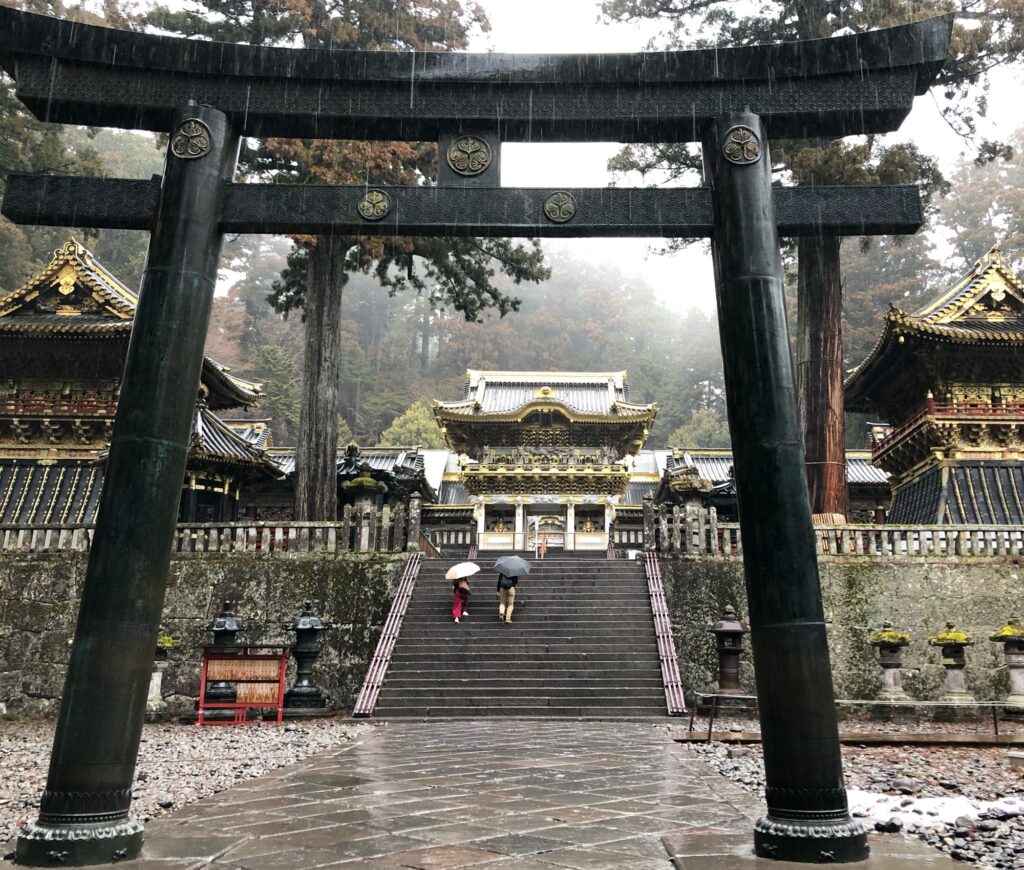
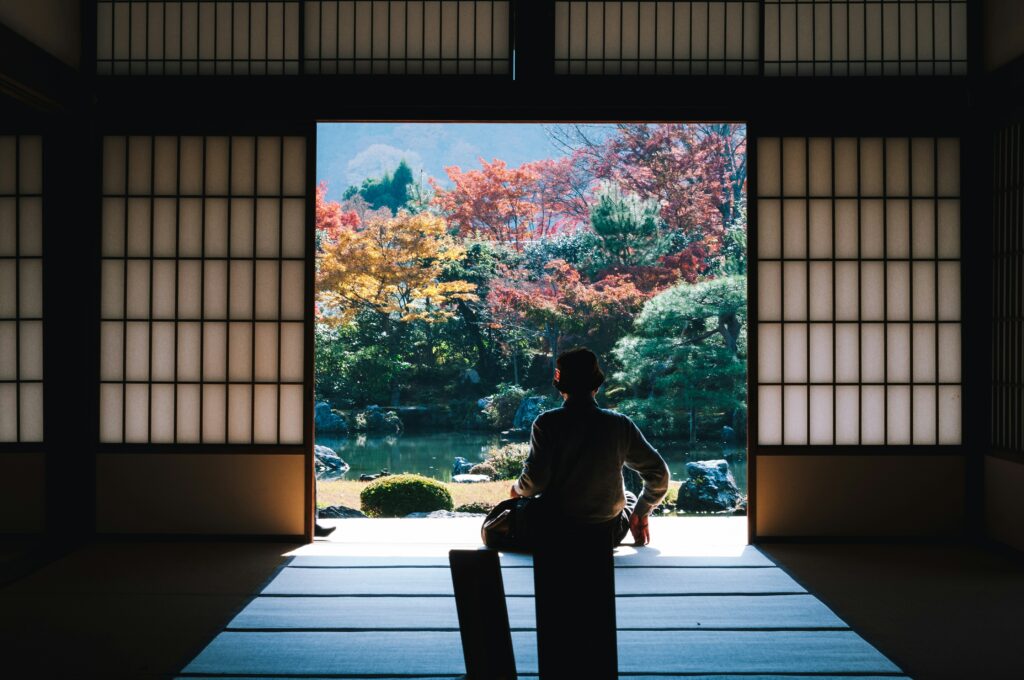
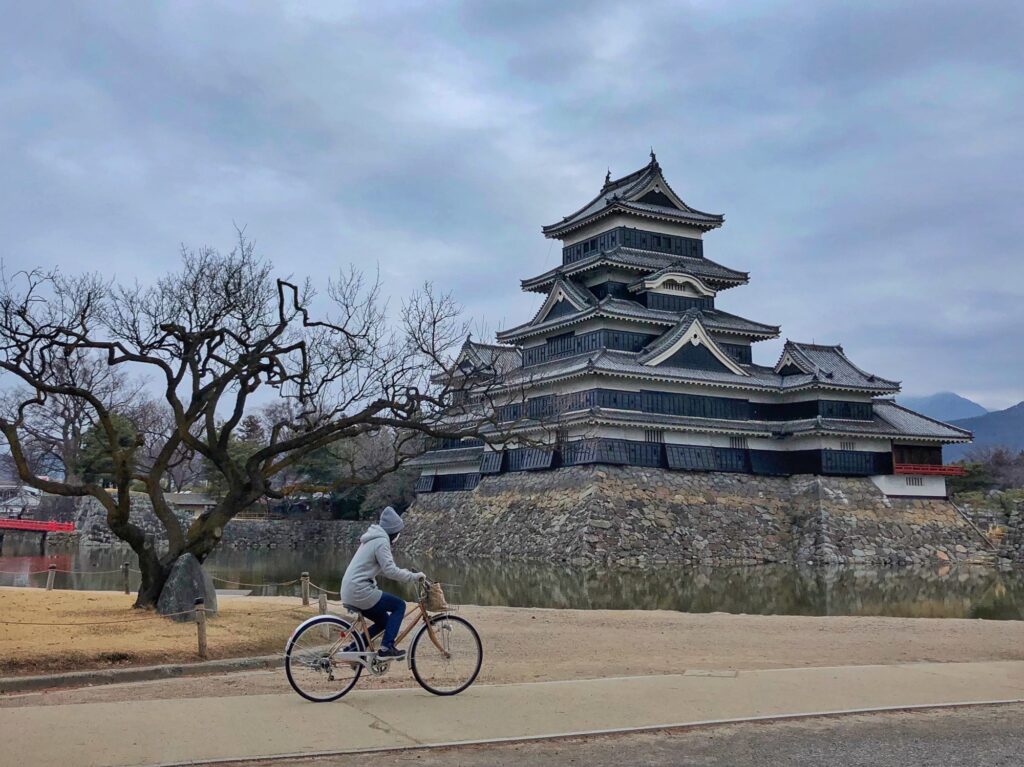
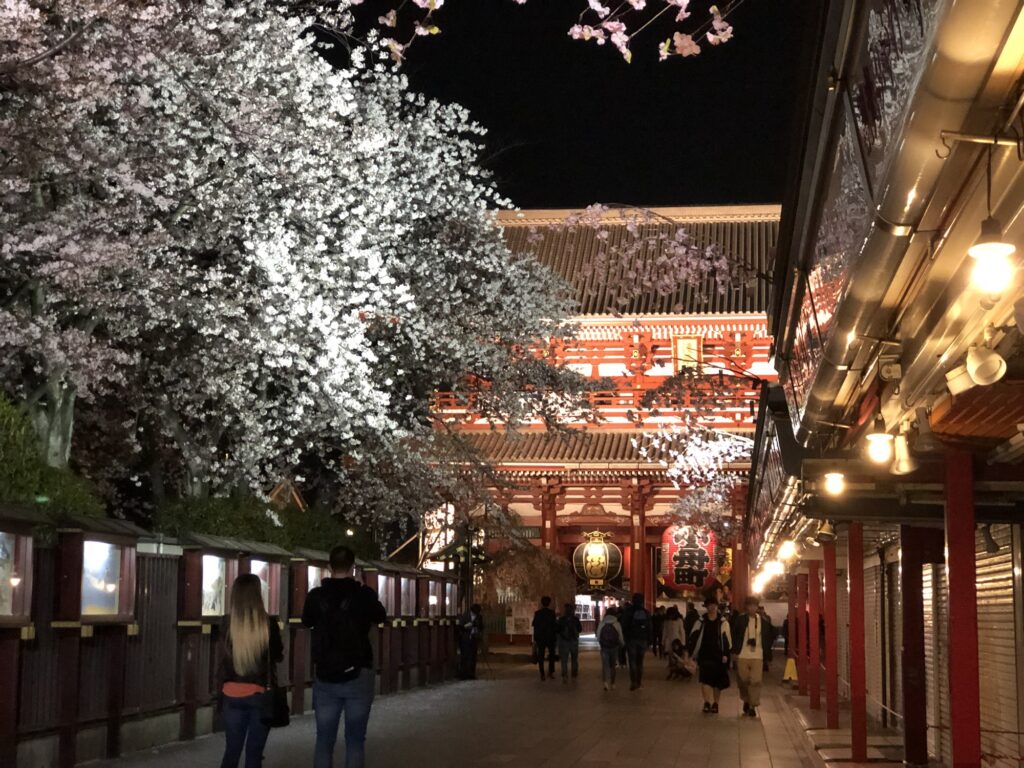
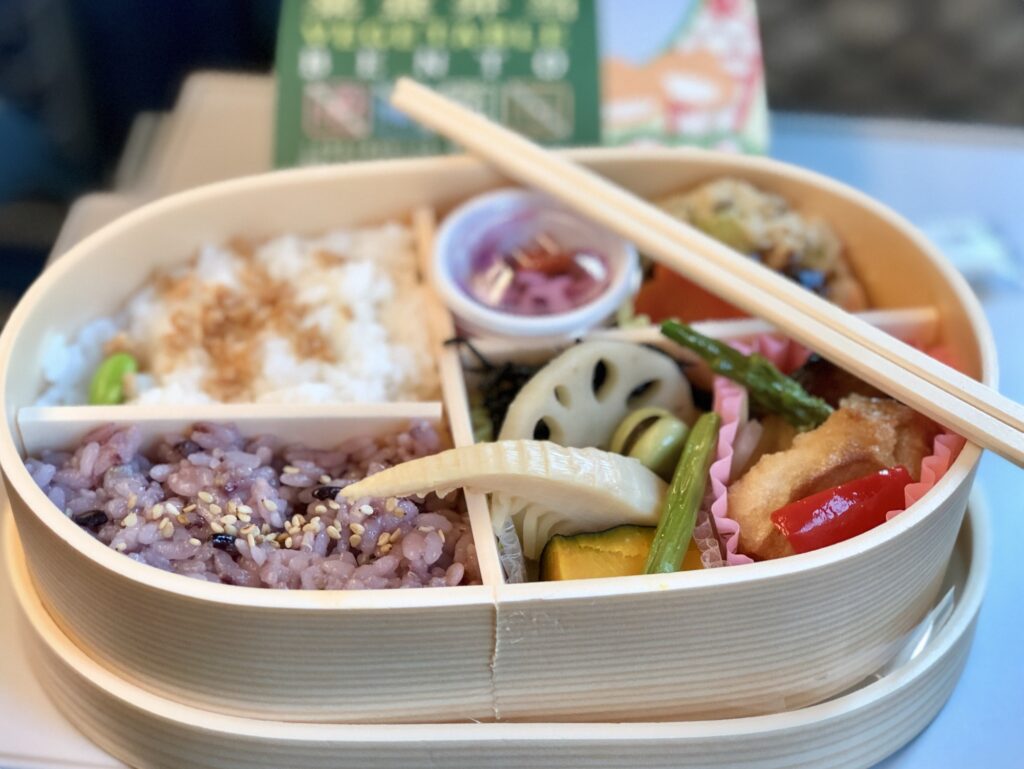
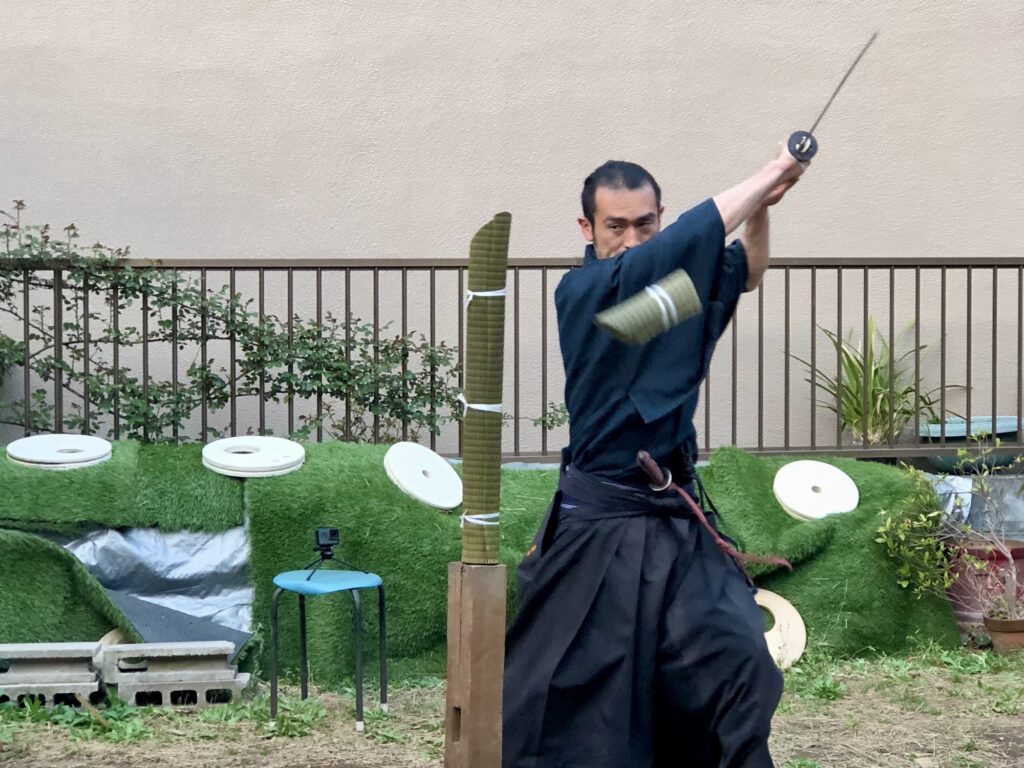
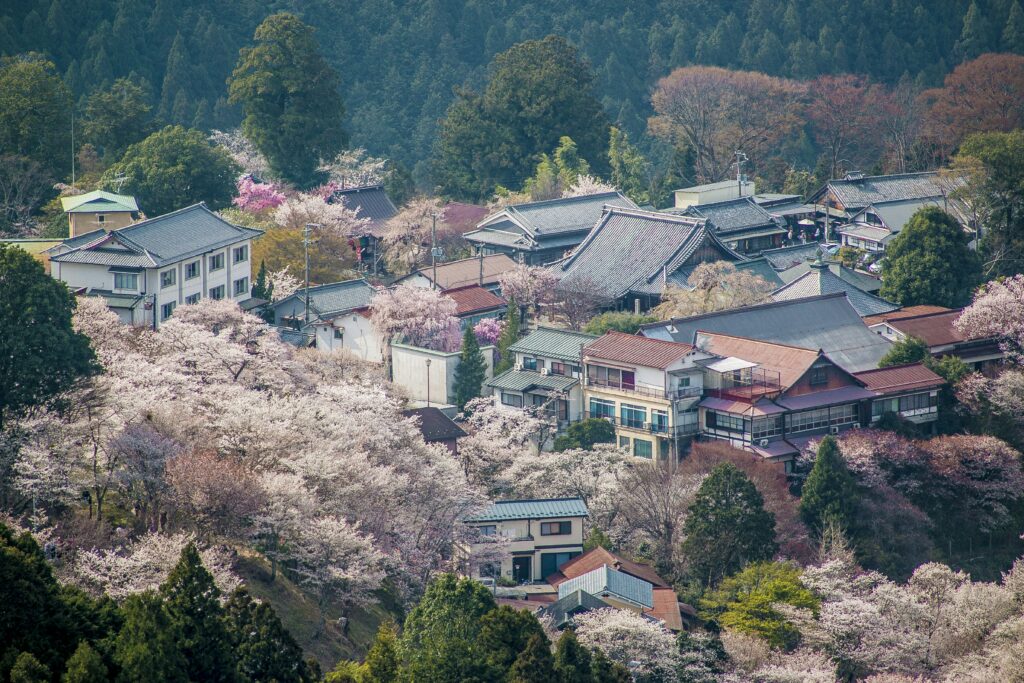
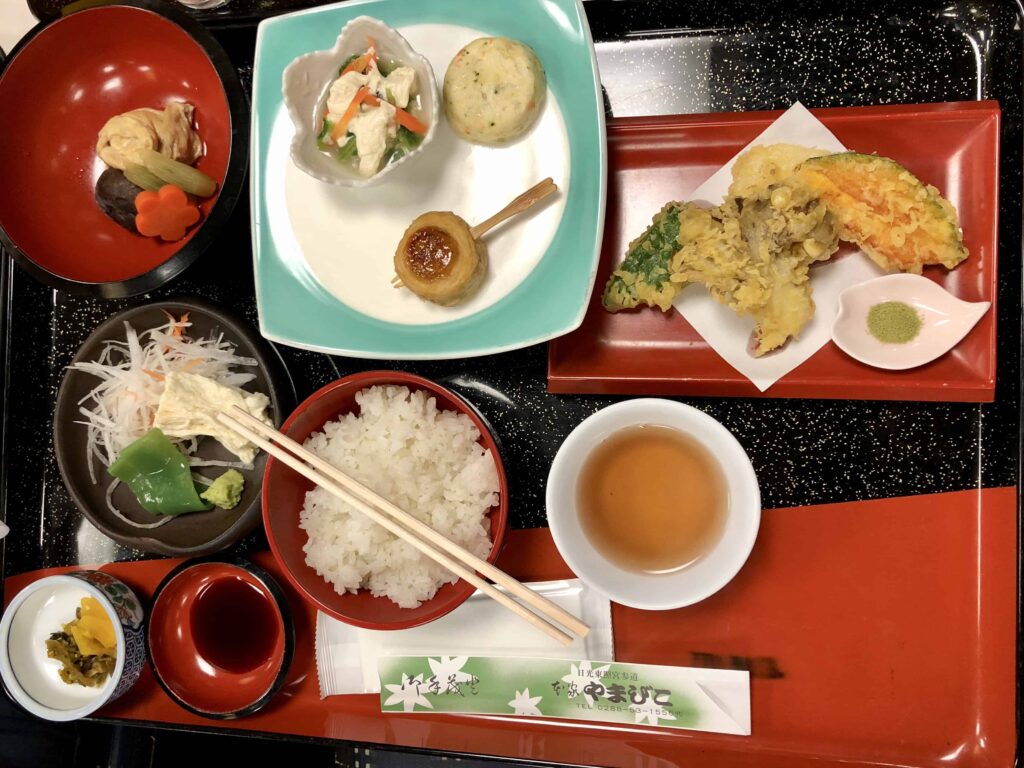
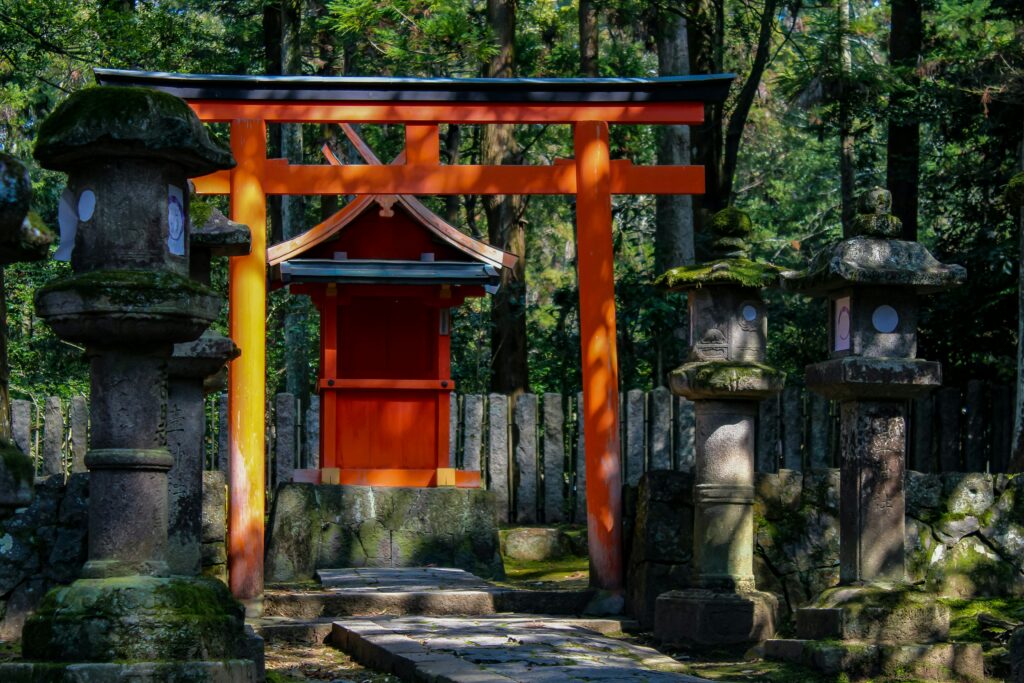
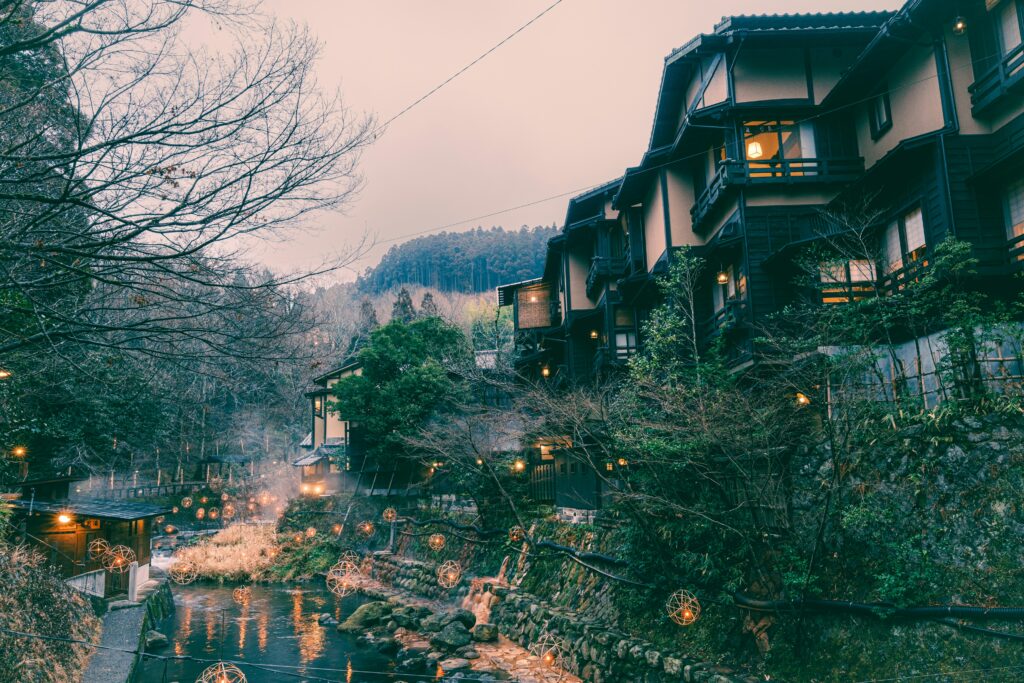
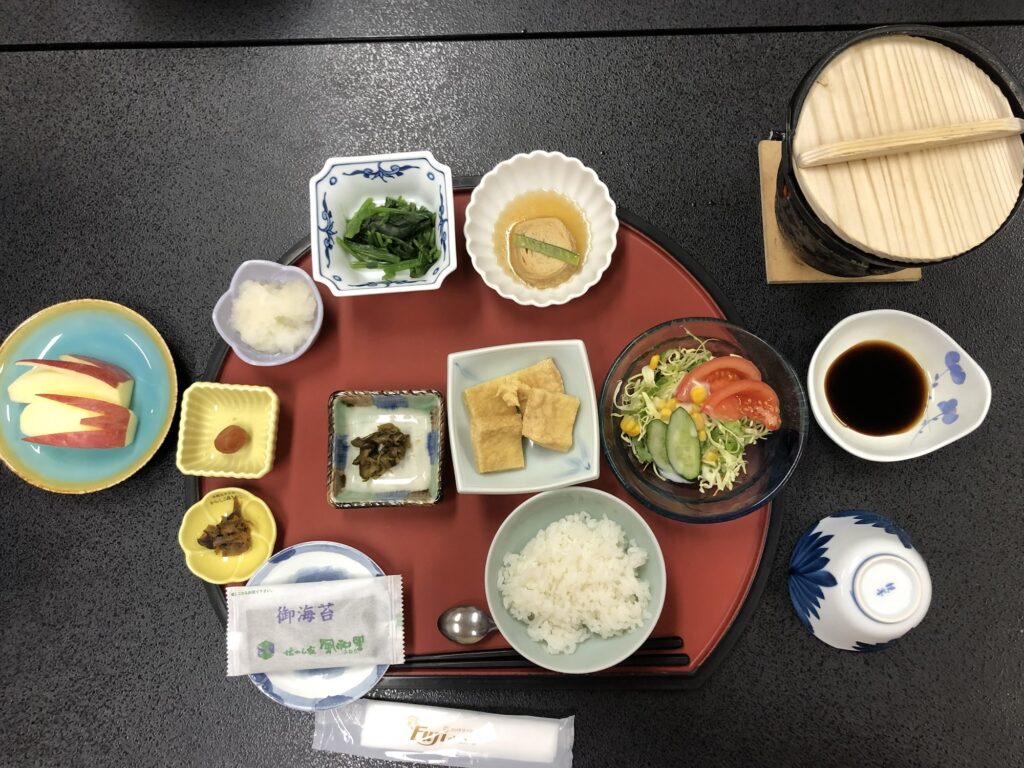
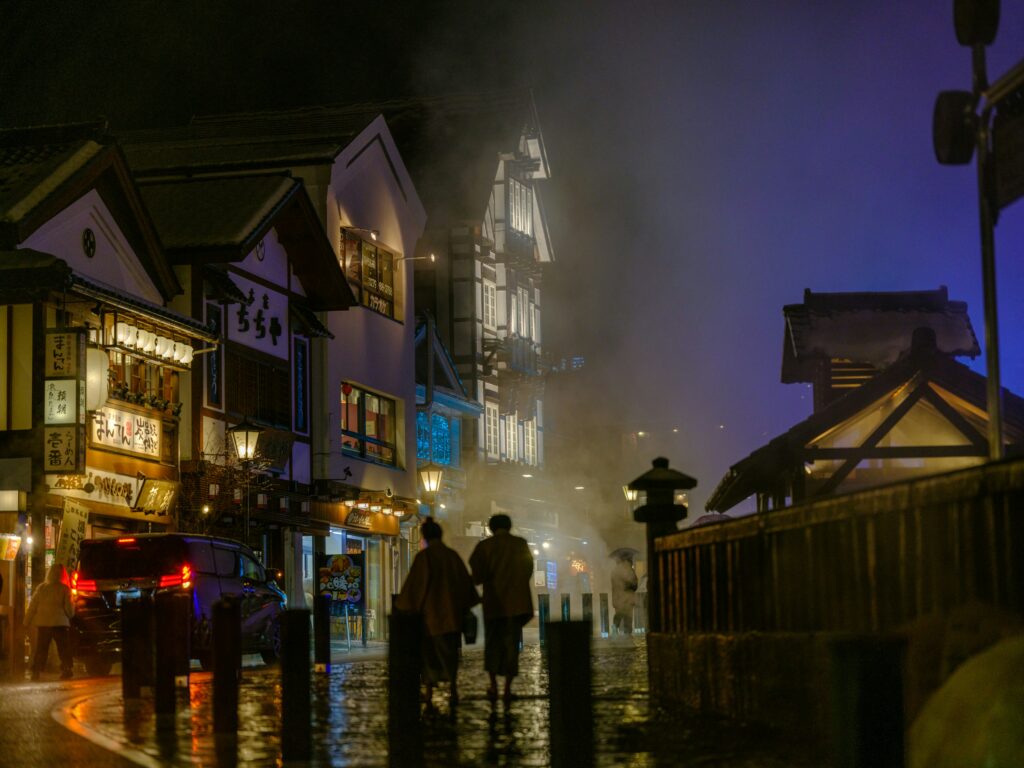
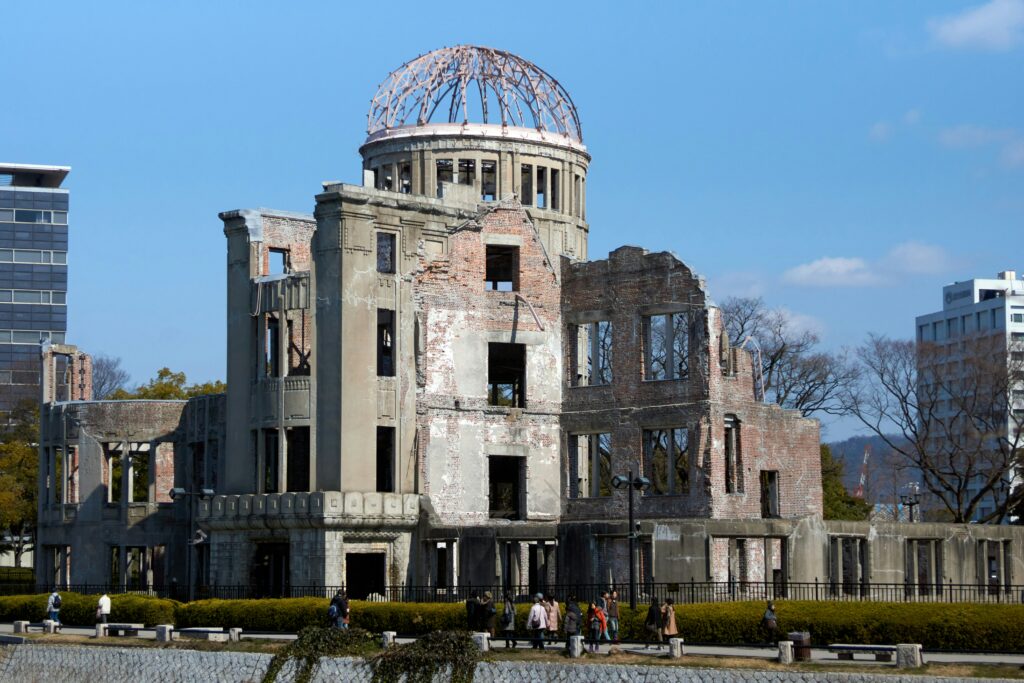
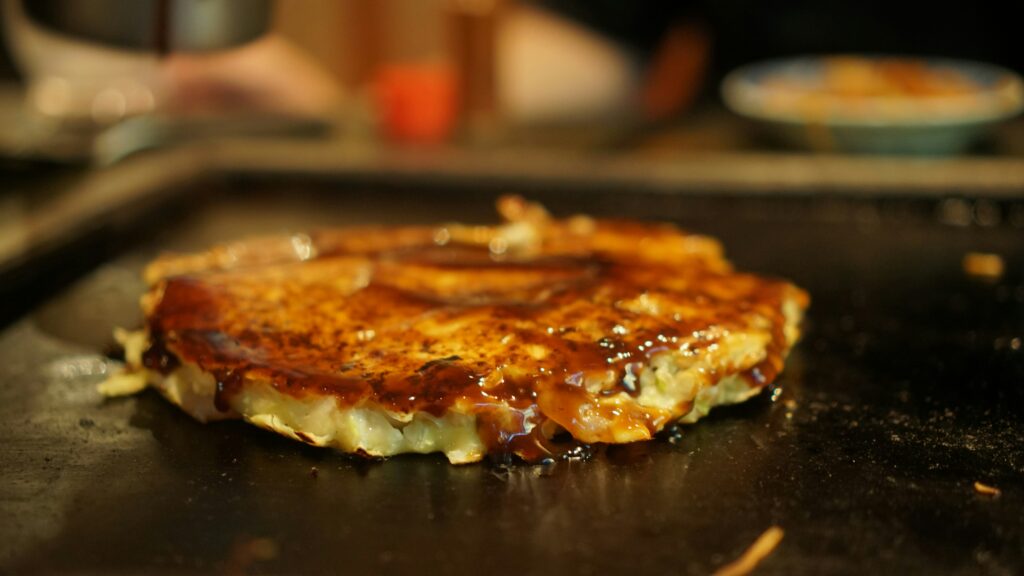
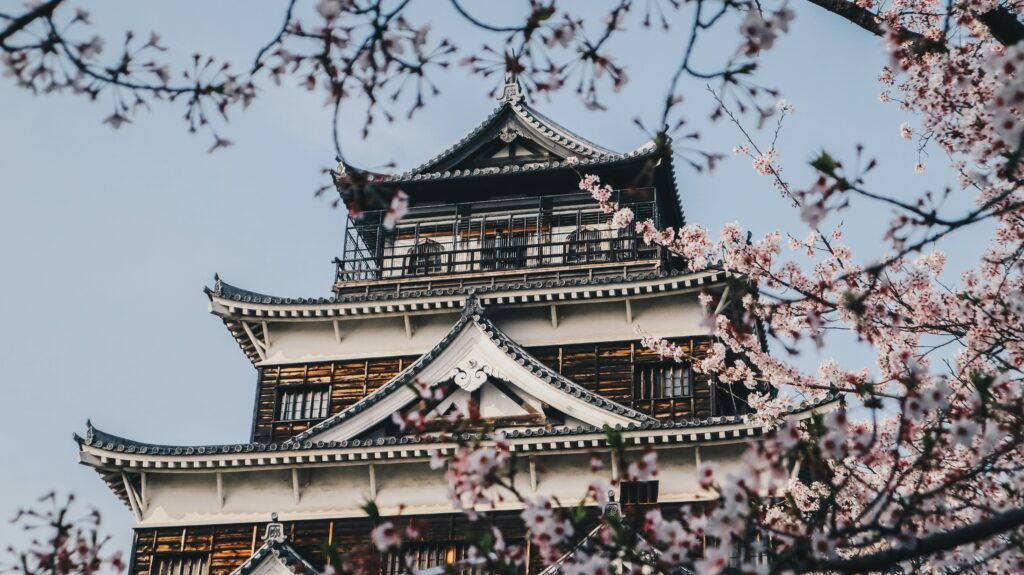
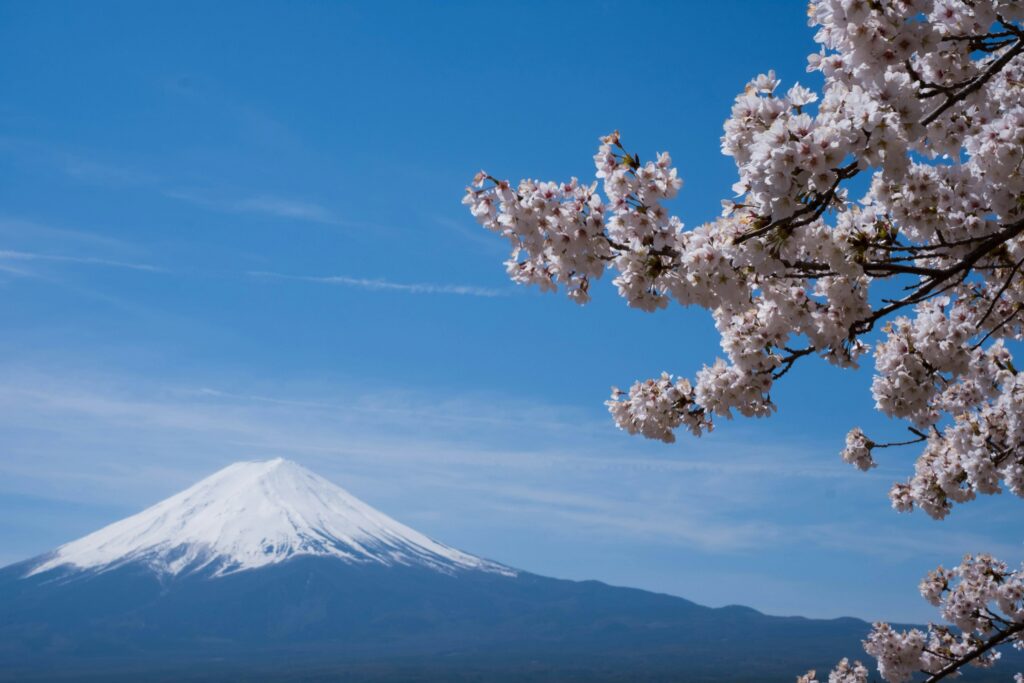
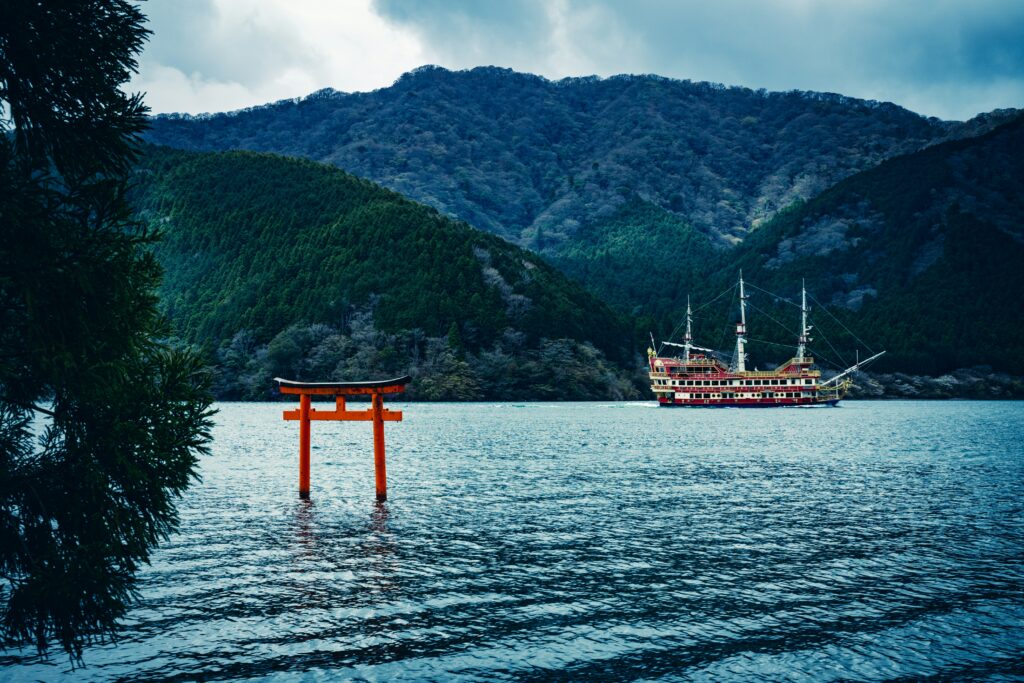
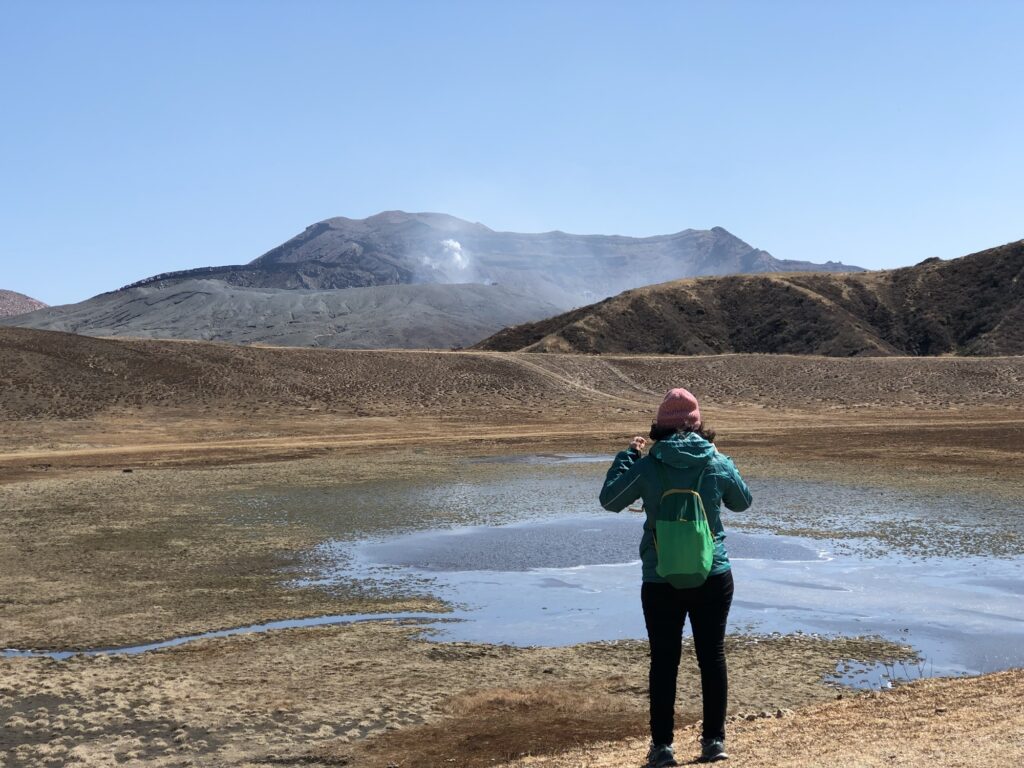
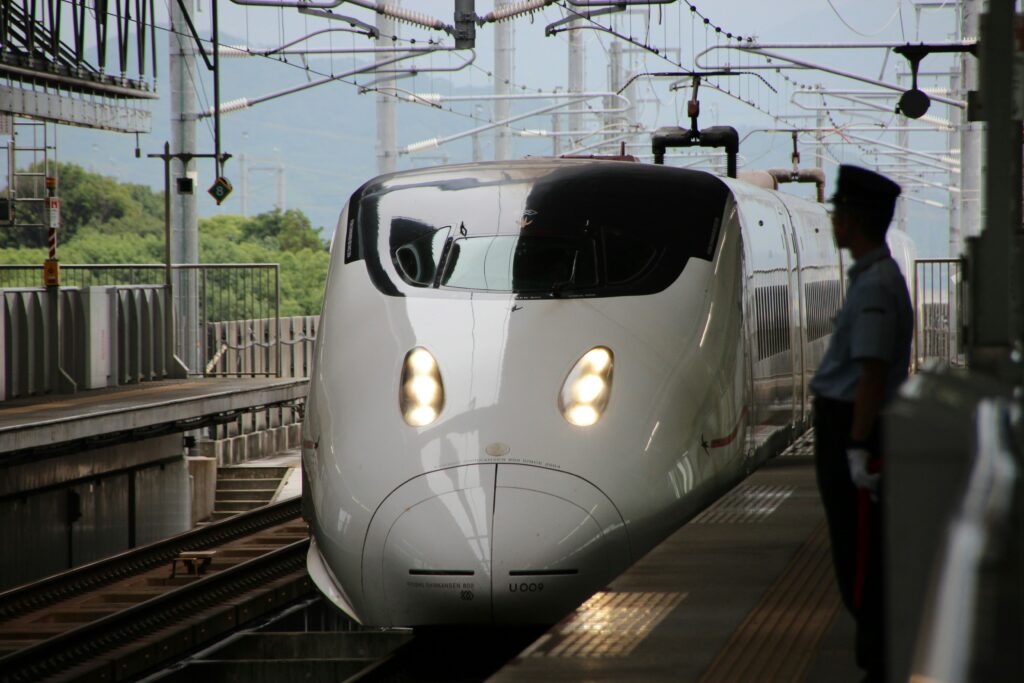
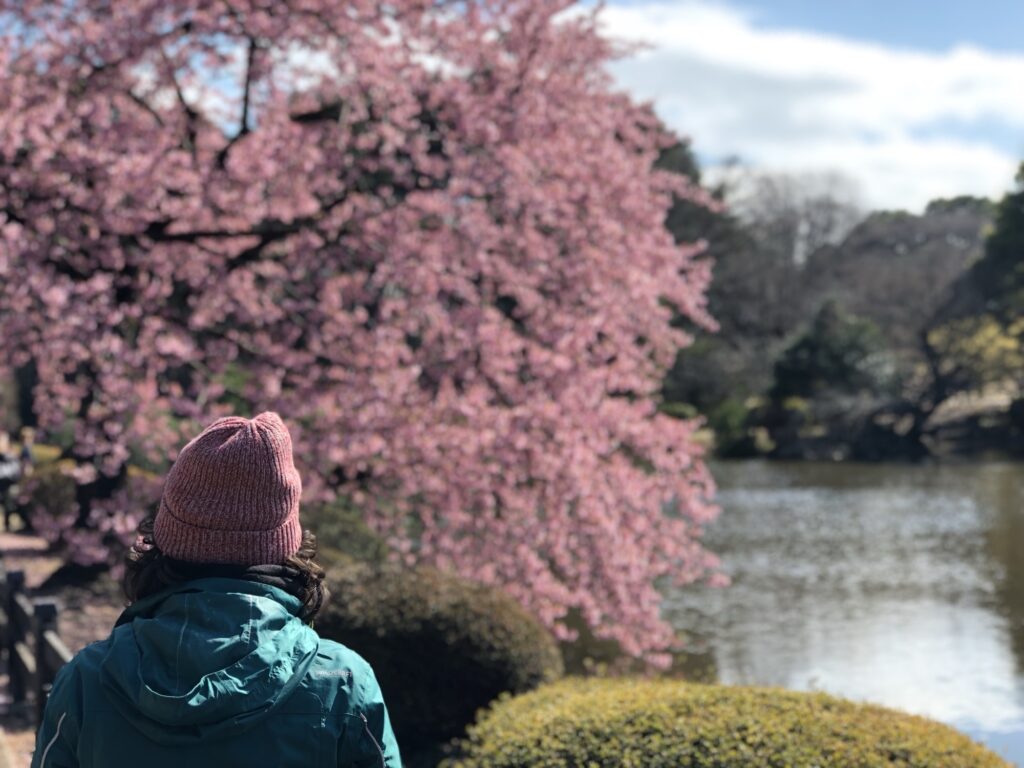

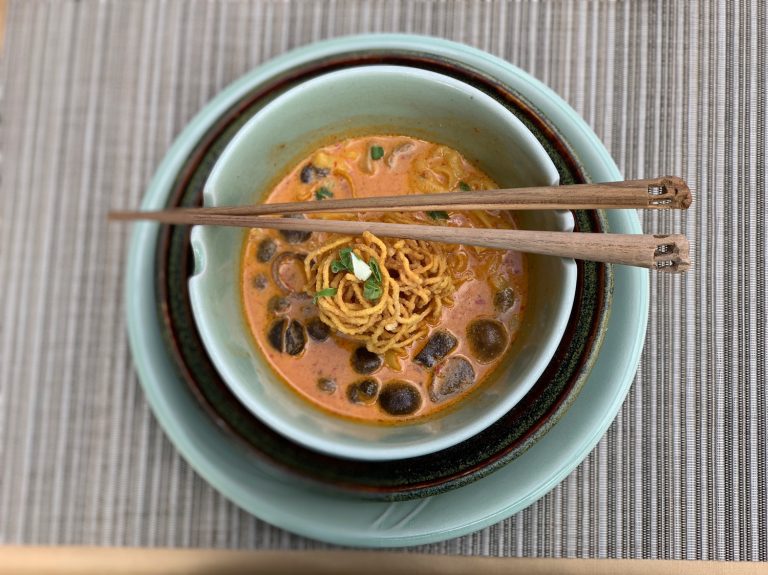

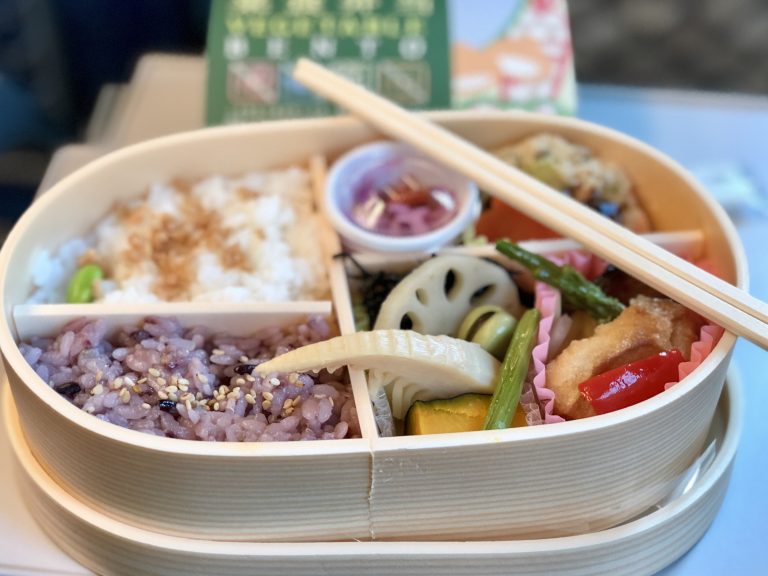
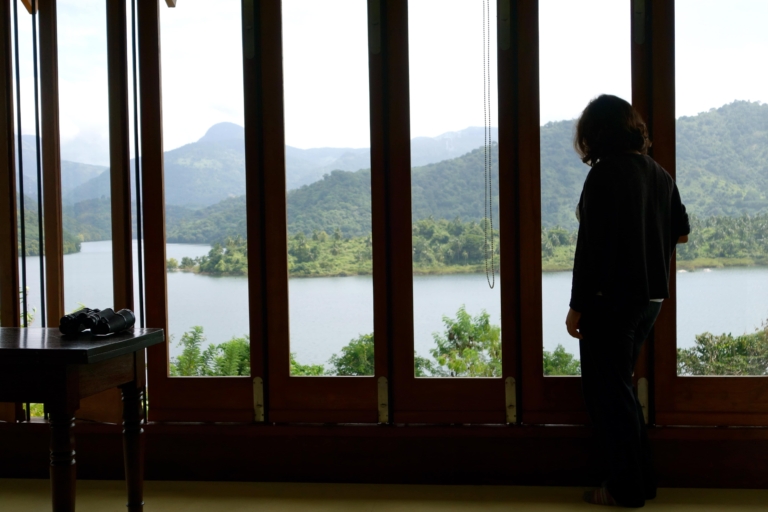
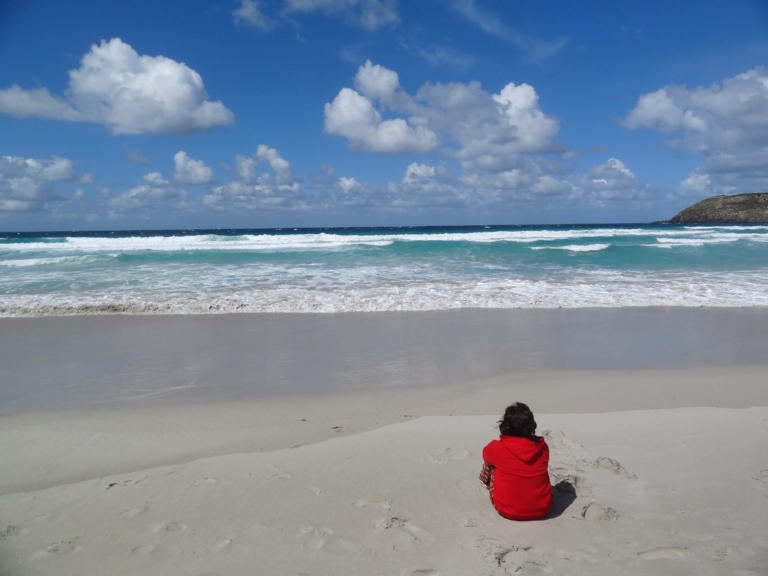
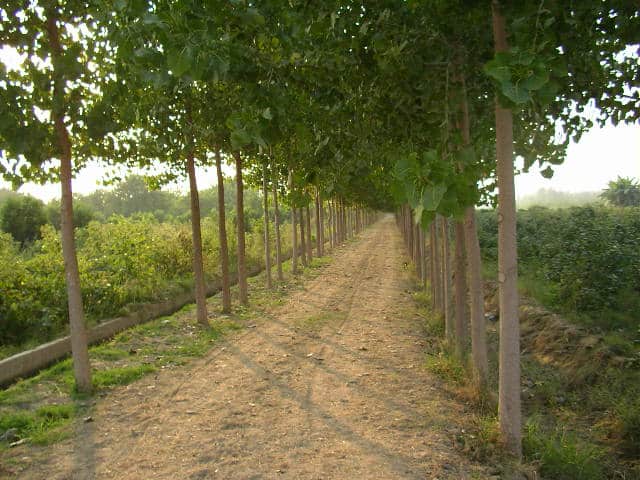
Great itinerary. I would also want to include Kyoto in the list.
Thank you very much for your presentation, which brings back my memories of Japan!
Beautiful pictures and informative content. thanks for your contribution. I am definitely planning a trip to Japan.
this is lovely. I just came across this article & it has vegan options (veg food struggle both me & husband face when travelling abroad).
You’ve truly got a gift for storytelling. Can’t wait to read about your next destination